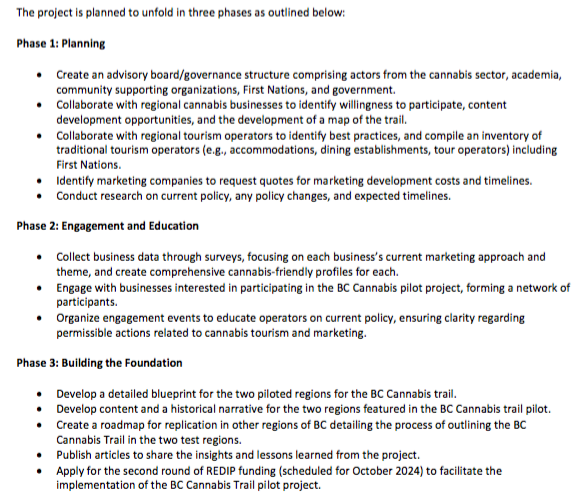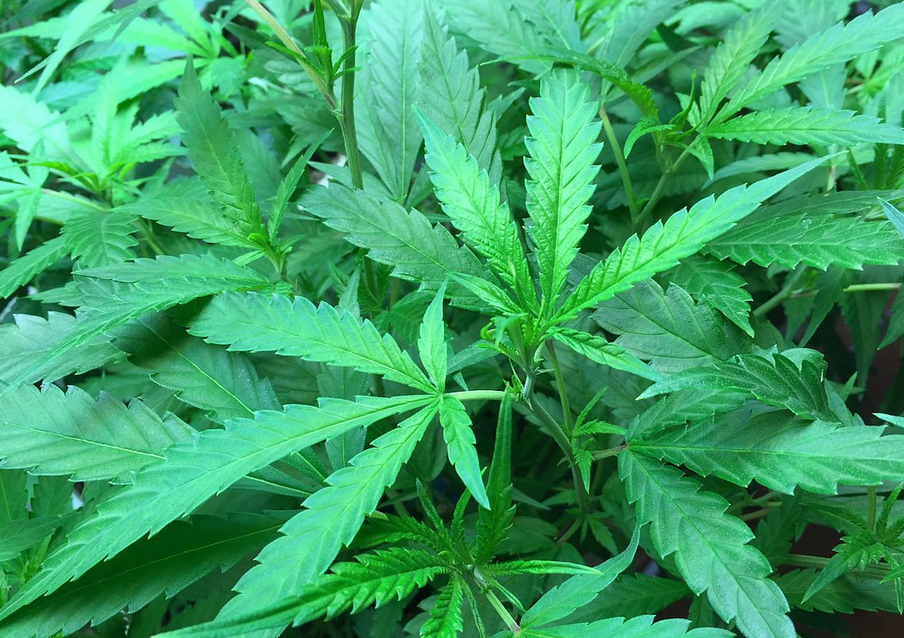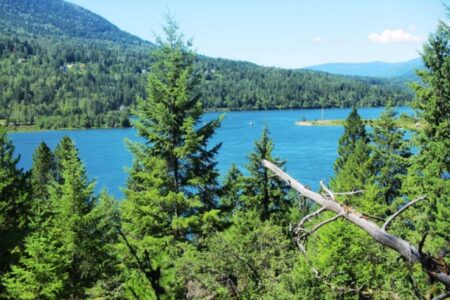Provincial pilot project proposes creation of cannabis trail in Kootenays
A provincial pilot to build a cannabis tourism trail in B.C. has a Kootenay focus as one of the two proposed legs of the project.
Selkirk Innovates and the Craft Cannabis Association of B.C. (CCABC) have submitted an application for funding — under the REDIP Economic Diversification stream — to complete the project to focus cannabis tourism on two key and historical areas: the Kootenays and the Cowichan Valley.
Entitled Building the B.C. Cannabis Trail, the goal of the pilot project is to build the foundation for a cannabis tourism trail in the two regions, as modelled after the successful B.C. Ale Trail, that can then be expanded to other regions of B.C.
“Given the relatively new legal cannabis economy in B.C. and the ongoing intricacies surrounding cannabis marketing and branding policies, the Cowichan Valley and Kootenay regions have not yet formalized cannabis tourism,” wrote Tracey Harvey and Sarah Campbell of Selkirk Innovates in a letter outlining the project.
“Nevertheless, the rich culture, historical significance, and ongoing evolution of regional cannabis economies in these regions position them as ideal candidates for an interregional cannabis tourism pilot project: Building the BC Cannabis Trail.
For decades before the legalization of recreational cannabis in 2018, the Kootenay region and the Cowichan Valley of B.C. have been home to cannabis sectors.
The “integral cannabis culture and economy in these regions have created rich historical ties to cannabis,” noted Harvey in her letter.
Right now there are around 30 legal cannabis businesses — including producers, processors, nurseries, laboratories, and retail outlets — in the two regions, giving each area enough “enduring cannabis clusters.”
Legalization has also created the climate for economic diversification and tourism development, especially in the wake of the COVID-19 pandemic, as British travelers, Germans, Americans and non-B.C. residents are increasingly travelling to the province, Campbell wrote.
“Cannabis tourism is viewed as a catalyst for economic recovery in Canada’s tourism sector (Canadian Cannabis Tourism Alliance n.d.) and is particularly important to help rebuild negatively affected economies after the devastating 2023 wildfire season (Destination BC 2023a) and recent downturn in the forestry industry,” she stated.
Source: Selkirk Innovates
Objectives
Using the Kootenay region and Cowichan Valley as pilot areas, the pilot project encompasses four primary objectives:
- Identify existing provincial and federal policies that may restrict cannabis tourism;
- Foster collaboration among cannabis businesses, traditional tourism operators, and First Nations to assess the regional cannabis sectors, tourism landscapes, and the interest of each group in each region;
- Engage regional actors in the development of innovative ideas, policy adjustments, best practices, and a carefully planned implementation strategy; and
- Create relevant content for various cannabis businesses including a historical narrative about cannabis for the two pilot regions along the trail.
Source: Selkirk Innovates

Cannabis tourism risks
There are many perceived risks associated with establishing cannabis tourism, including how cannabis is perceived and treated across all levels of government, through policies and by various organizations.
As well, on the ground level there is the varied response and perception of community residents as cannabis tourism is introduced, and how the industry might be received as the sales pitch is being made.
The rural nature of the industry could also be considered a risk factor.
“Sufficient digital access is necessary to improve the quality and safety of tourist experiences,” the report, Exploring Opportunities for Cannabis Tourism in the Kootenay Rockies released earlier this year by Selkirk Innovates and Kootenay Rockies Tourism Association, noted. “Many farms are in remote locations creating barriers of entry for cannabis tourism operators due to connectivity challenges.”
If the industry proves to be successful, it could spawn an amenity migration driven by a “green rush,” further complicating housing issues in many Kootenay communities, including availability and affordability due to an influx of people.
On a global scale, indoor cannabis cultivation and the tourism industry both contribute to greenhouse gas emissions, “posing a threat to environmentally sustainable economic development,” the report explained.
Source: The Nelson Daily, July 20, 2023



























Comments